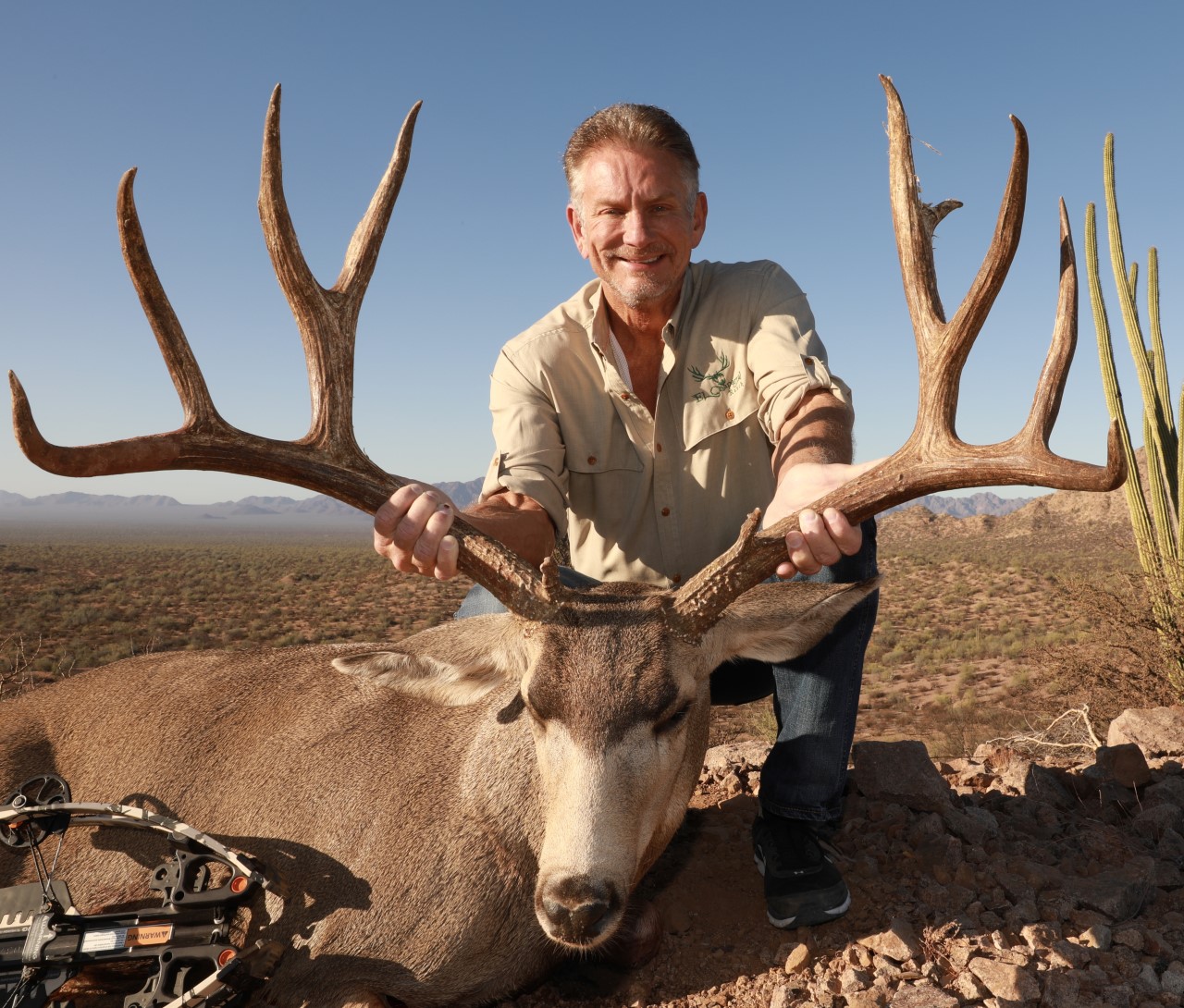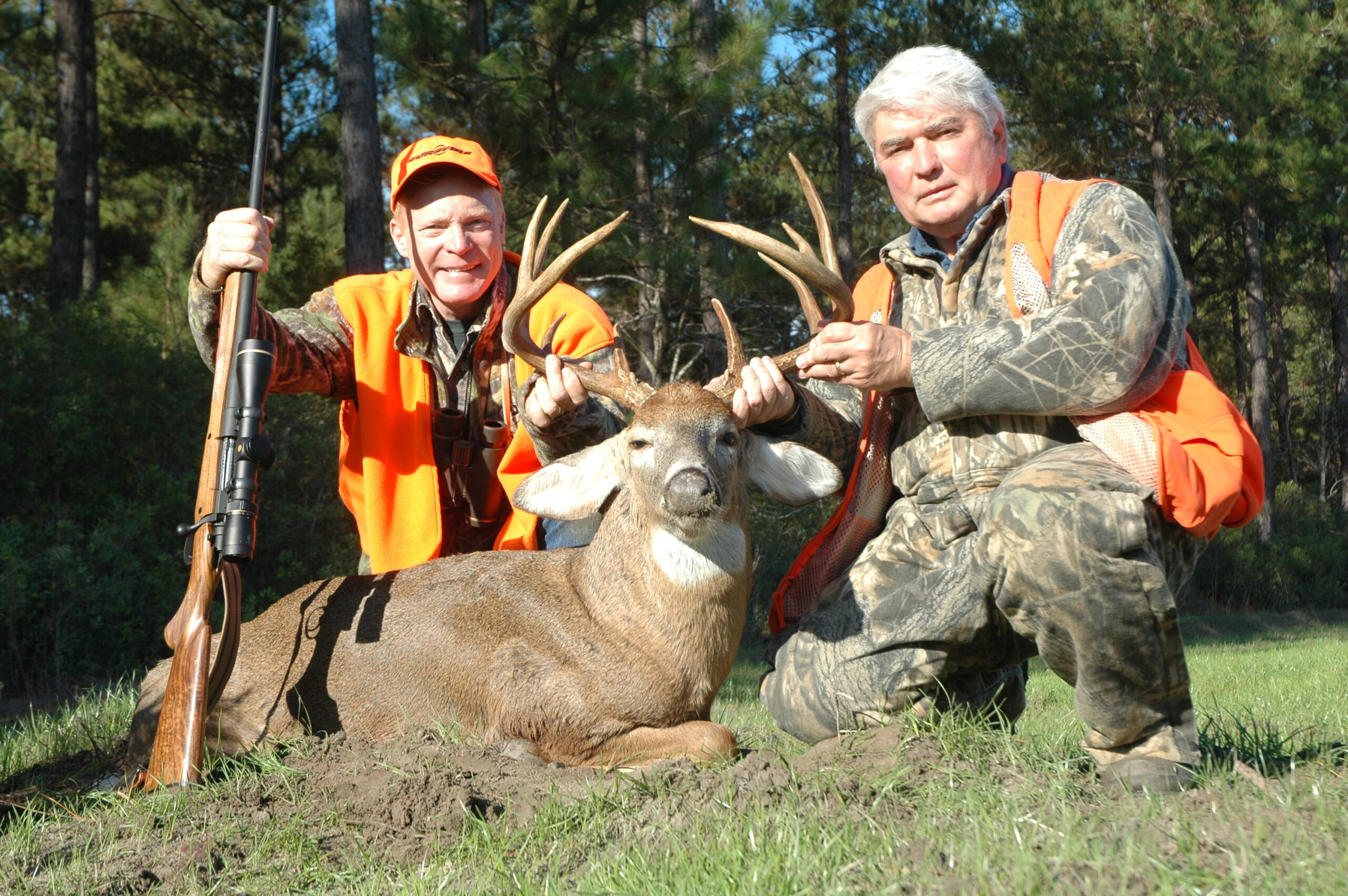Vicki and I are just back from a hunting trip in the Texas panhandle for pigeons, sandhill cranes and collared doves and what a trip it was. We were based north of Lubbock in Planeview, Texas and were hunting with Wayne Bolt of Avian Expeditions. We were accompanied by four other shooters, all of whom have fitted guns and who we had taught to shoot, so you could say they were in the OSP family.
It was fun to see what we teach shooters all over the world enacted by this group of hunters on a variety of game birds and there were lessons to be learned on each hunt. We were the only ones in the group who had hunted sandhill cranes before, so the rest of the group were really looking forward to seeing what kind of optical illusions would occur when hunting this really big bird.
Vicki and I were using our Krieghoff K-20s with the new 32-inch Parcour 20-gauge barrels and wow, what a field gun this new configuration makes. Krieghoff K-20 Parcour with 20- and 28-gauge barrels is a game gun that is a game changer, hands down, you can carry it all day chasing quail or pheasants and it is a dream to swing on passing pigeons, collared doves and decoying sandhill cranes.
Our first morning found us on the prairie next to the base of a pivot in blinds with sandhill crane decoys scattered about and a slight wind blowing from our back. The first thing you will see when you visually pick up your first crane is their size, with a 5 to 6-foot wingspan and long legs and heads as big as your open hand, they are really huge.
That first morning brought with it some very cold weather with clear skies and a little 10 mph breeze. We were all glad the wind was not any stronger, or it would have felt much colder that it did. In the patchwork of roads that go north to south or east to west, the thing that stuck in my mind the most was just how flat it was. As the saying goes, “you can watch your dog run away from home for a week it is so flat.” It was also amazing how well the shooters’ brains adapted to the size of the cranes and how looking at the cranes’ heads helped everyone in our group point their shotguns more precisely and cleanly harvest our limit of cranes.

There were several big lessons learned that morning, not the least of which is when hunting sandhill cranes, use a face mask or keep your head down until the shot is called and don’t move. When shooting decoying birds, use a face mask because the show is the birds circling and finally committing to the decoy spread. Watching this through a face mask allows you to better pick out one bird.
When the shot is called, your first shot will be more lethal. Another thing that all learned is that due to their size, you may have thought that the guide had forgotten to call the shot. Be patient on the first couple of times that the cranes are approaching, because they will be farther away than you think. This illusion is created by their size, is hard to get used to and that, combined with being perfectly still and dressed in camo with a face mask, really do stack the odds of being successful in your favor.
We can’t stress enough how still you must be when a flock of cranes is approaching. Even though they commit way out there, they begin looking the spread over from a long way out and they can see the slightest movement of a gun barrel or a head shifting positions. Go to your local sporting goods store and try several face masks on and then go to the sporting clays range and actually shoot in them to see if your glasses fog up or if the mask should go over your hat or under and when you should put it on.
Another thing that impressed all in our group was how good the meat from a sandhill crane is to eat. In my opinion, it is probably the best wild meat I have ever eaten, both in flavor and tenderness. Each of the two breast fillets, were tied with butcher’s twine into a neat tight roll, lightly oiled and seasoned with salt and pepper and grilled to 131 degrees in the center, making them a perfect medium rare. With a nice glass of one of Vicki’s favorite red wines… now you’ve got you something there.
Several afternoons found us chasing pigeons and collared doves in various places where they fed and flew by. One of the big lessons learned is that the wind can be your friend or your enemy. In most cases it shifts the advantage to the birds not the hunter, due to the fact that they can JUKE and DIVE with less effort in a 15-mph wind.
Our group hung in there and harvested their fair share. The shooting was more difficult because of the wind, but the lessons learned were of greater value and will be longer lasting, having stuck with it. This system we teach of learning to self-correct is of great value, especially in the field on live birds. When the conditions favor the bird, to have been there before and stuck it out and pushed through the difficulty of the situation and experienced success is of great value.
After 30-plus trips to South America and about that many to Mexico, we have found ourselves in some situations where it has been very difficult to connect with the birds for various reasons. Without exception, we are better coaches and shooters for having been there.
One thing that shooters in our harbor of learning sometimes have to learn over and over again is that the absolute worst thing you can do when shooting birds, is to start counting how many or evaluating how you are shooting while you are shooting. Now, when it comes to the limit, you have to count, but when there is no limit, what good comes from counting? When you don’t count, you don’t evaluate while you are performing and this allows for better performance.
We don’t count or evaluate, especially in difficult situations such as wind, rain, difficult lighting or when surrounding obstructions make it advantageous to the birds. We concentrate on seeing the head of the bird better, making our mount smoother and syncing with the bird’s speed as we send the shot.
One of the big lessons learned on this trip is to look farther out at incoming birds. Most shooters look about 30 to 40 yards out in front of where they are set up to see the birds and, by the time they make the decision to shoot, the bird is upon them. They are rushed and typically out of balance as they take the shot. We have learned from experience that when you arrive at a new hunting site, evaluate your surroundings and look for the pattern the birds are flying in (and there will be a pattern). Try to see birds as far out as possible and notice where, in relation to your position, they end up. We call this situational awareness and it is something we teach in our hunting seminars.
The wind is a huge factor in where the birds you see at a distance actually end up when they pass by you. If shooting in a crosswind, pick out a bird at distance and watch it fly past your position and note if the bird is drifting left or right, based on where you first picked it up. Once you understand through situational awareness which way the birds are drifting, you will be able to shift your point of gaze to pick up the birds that will drift toward you and you will be able to see them earlier and better engage them without having to hurry.–Gil and Vicki Ash




